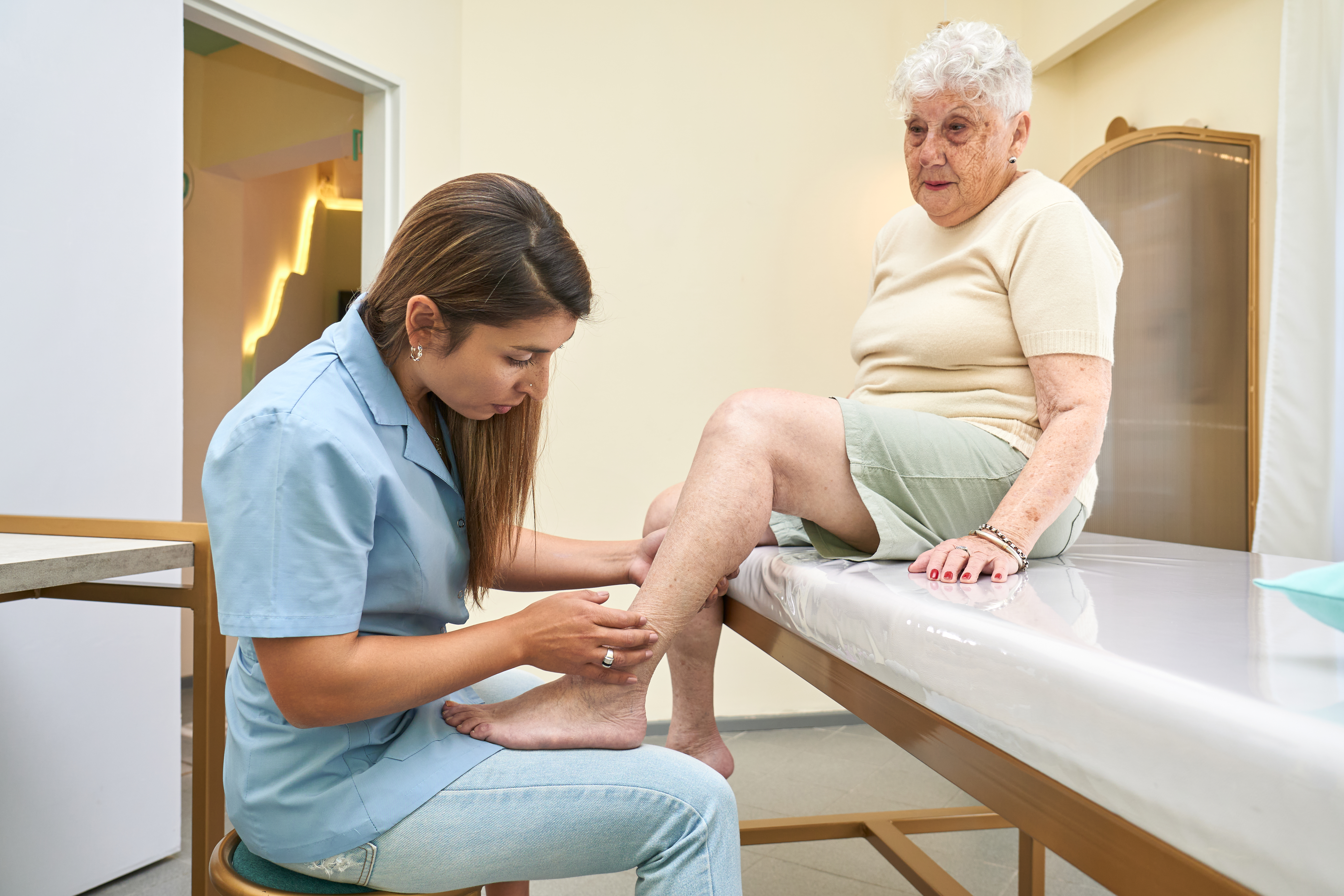20 Unmistakable Signs Your Body Might Be Battling Peripheral Vascular Disease
Peripheral Vascular Disease (PVD) is a condition that often lurks in the shadows, silently affecting millions worldwide. It involves the narrowing of blood vessels outside of the heart and brain, primarily affecting the arteries in the legs and feet. This condition can lead to reduced blood flow, which in turn can cause a variety of symptoms. The significance of recognizing these symptoms early cannot be overstated, as timely intervention can prevent severe complications, including critical limb ischemia and even amputation. The importance of early detection and intervention in PVD cannot be overstated. As we journey through the various ways your body signals its struggle against this condition, it becomes clear that awareness is key. By understanding these signs, individuals can seek medical attention promptly, potentially avoiding severe consequences. This article aims to equip you with the knowledge needed to recognize these symptoms, empowering you to take proactive steps in managing your vascular health.
1. Unexplained Leg Pain: The Silent Cry

One of the earliest and most subtle indicators of PVD is unexplained leg pain, often described as a cramping sensation. This pain, known as claudication, typically occurs during physical activity such as walking or climbing stairs and subsides with rest. It results from reduced blood flow to the muscles, which are deprived of the oxygen and nutrients needed for proper function. While leg pain can be attributed to various causes, its occurrence during exertion and relief during rest is a hallmark of PVD. Claudication can vary in intensity, ranging from mild discomfort to severe pain that limits mobility. Unfortunately, many individuals dismiss this symptom as a natural part of aging or attribute it to other conditions like arthritis. This oversight can delay diagnosis and treatment, allowing PVD to progress unchecked. Recognizing the pattern of pain and seeking medical evaluation is crucial in identifying PVD early and preventing further complications. Beyond the physical discomfort, unexplained leg pain can significantly impact one's quality of life. It can lead to a sedentary lifestyle, further exacerbating the risk factors associated with PVD. By understanding the connection between leg pain and PVD, individuals can make informed decisions about seeking medical advice and adopting lifestyle changes that promote vascular health.
2. Cold Extremities: A Chilling Signal

Another subtle yet telling sign of PVD is persistently cold extremities, particularly in the feet and toes. This symptom arises from the reduced blood flow to the affected areas, which deprives them of warmth and essential nutrients. While cold feet can be a common occurrence, especially in colder climates, persistent coldness that doesn't improve with warming measures may indicate an underlying vascular issue. The sensation of cold extremities can be accompanied by numbness or tingling, adding to the discomfort experienced by individuals with PVD. This symptom is often more pronounced in one limb, reflecting the asymmetrical nature of arterial blockages. As blood flow continues to be compromised, the skin may also appear pale or bluish, further signaling the body's struggle to maintain adequate circulation. Ignoring cold extremities can have serious consequences, as prolonged reduced blood flow can lead to tissue damage and even ulceration. By recognizing this symptom as a potential indicator of PVD, individuals can seek timely medical evaluation and intervention. Addressing the underlying vascular issues can improve circulation, alleviate symptoms, and prevent complications that may arise from untreated PVD.
